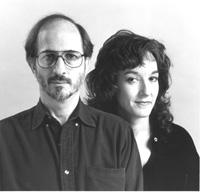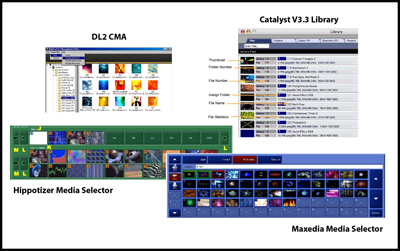Art on Demand: the Path and the Nirvana
Among the working lighting designers of the world, few names carry the cachet as the name Jules Fisher. His 18 Tony Award nominations have netted him eight shiny statues dating back to 1973. His work extends beyond Broadway and into the realm of film (School of Rock, Chicago, A Star is Born), ballet, opera, television and concert lighting (Rolling Stones, KISS, David Bowie, Whitney Houston). But to speak to the self-effacing man you might never guess that he has met with any success, as he is quick to praise his design partner, Peggy Eisenhauer. Ironically, it is Fisher whom Eisenhauer credits with inspiring her early in her career. Together, they form the design firm Third Eye Studios. Our interview started in their offices in New York and culminated over the phone, as it is quite challenging to pin them down.
Read More »




